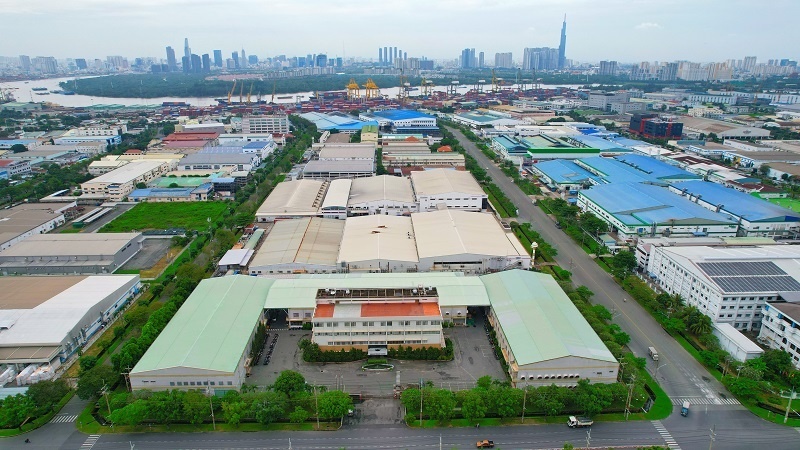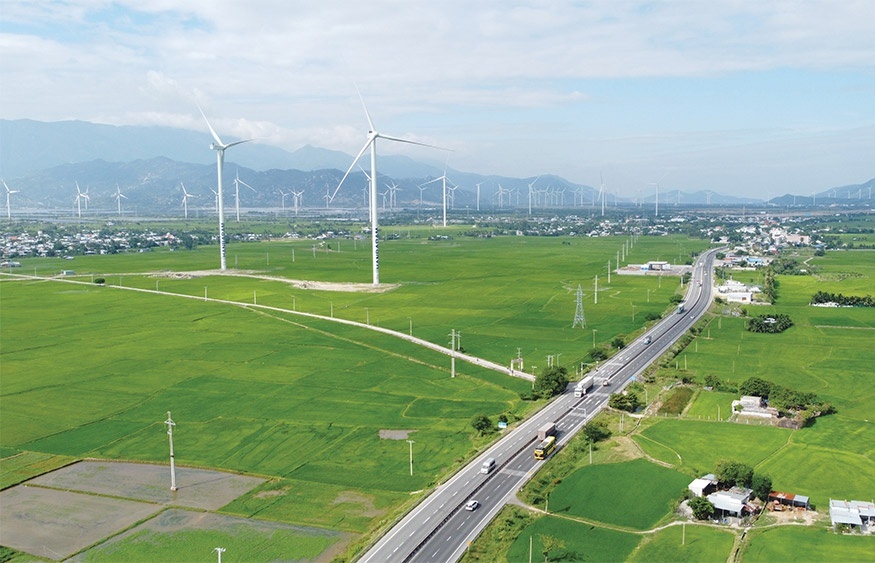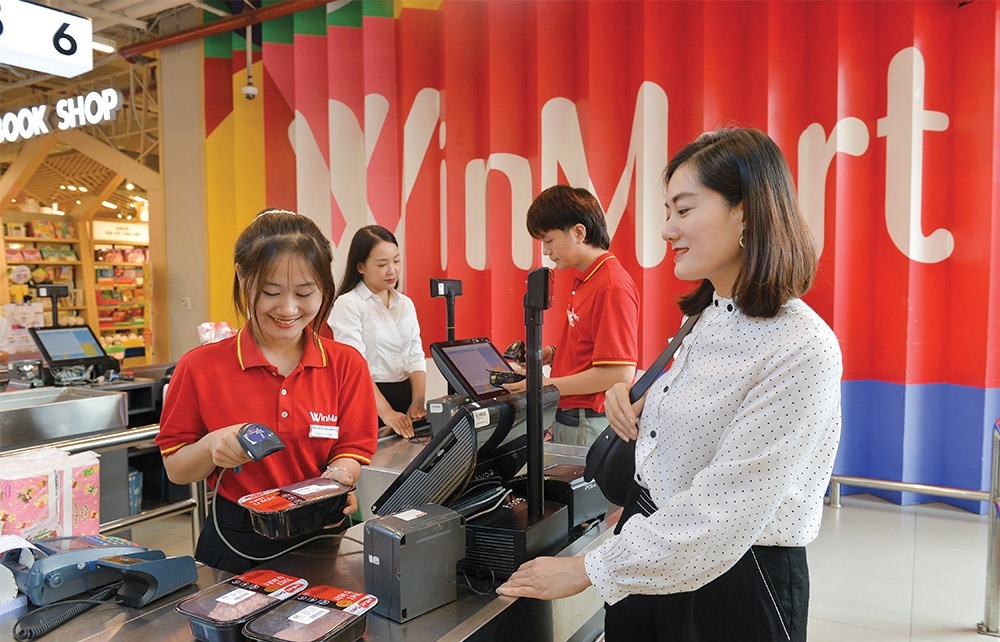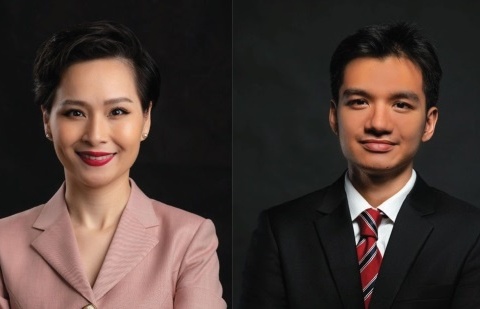Debts set to sink SOE equitisation
The government’s plan to restructure 1,000 state-owned enterprises this year will fail and the around $13 billion in unpaid SOE debt is to blame, say top enterprise reform officials.
So far this year, only 358 SOEs have been converted into joint-stock entities – or equitised – said the deputy head of the Steering Board for Enterprises Development and Reform, Pham Viet Muon.
“And only 700 enterprises are expected to complete equitisation this year,” Muon said, adding that the slow rate of transformation would undoubtedly affect the government’s equitisation programme for 2001-2005.
The government had planned to equitise 3,000 SOEs by the end of 2005 and turn another 2,000 into one-member, limited liability companies by 2007. Around 1,000 SOEs would remain in operation as public utilities.
Nguyen Duc Tang, deputy head of the Corporate Financial Department, said the biggest obstacle to the equitisation process was the settlement of SOE debt.
“There is a lack of effective means to force enterprises to settle their bad debts,” Tang said. “It is estimated that the payable debts of state-owned enterprises are normally 1.2 to 1.5 times higher than the state capital of those enterprises.
“Some SOEs even have debts amounting to dozens times higher than their equity,” he said, adding that 70 per cent of such debts were with commercial banks.
Tang said in the current context, commercial banks should get involved in the settlement of SOE debt.
“It would be better if SOEs that lose state capital were transferred, sold, contracted out or leased, rather than equitised.”
Bo Klinke, deputy head of the Copenhagen Development Consulting, a firm that specialises in economic reform, said the restructure of debts would ensure the maintenance and development of enterprises.
“However, debt restructuring and settlement should be sped up before the equitisation process,” he said.
Nicolas Gebara, a consultant on the project, said experience showed several equitised SOEs suddenly discovered they had to cope with major problems that were the result of debts they did not settle before they equitised.
Muon said the directorships of SOE were reluctant to push equitisation forward as their companies would lose benefits, such as easier access to bank loans, when they were no longer wholly state-owned.
“To sort of wean themselves off slowly, several SOEs accept equitisation, but most of their shares are sold internally.”
Statistics from the reform board show that, on average, only 4.8 per cent of equitised enterprises sold their shares to outsiders.
Muon said these figures contradicted the government’s equitisation policies, which were aimed at increasing investment in equitised companies by strategic investors.
“Not many investors would be willing to make an investment in an equitised company if they know that they would be among the minor stakeholders and would not really be able to influence decisions on the future of the business,” he said.
Muon said 93 per cent of equitised firms operated efficiently and effectively, but not many had invested in new technology.
“Rather, their profits have been earned from saving on expenses.
Total SOE debt is estimated at VND207,789 billion ($13.6 billion), according to a recent report by the MoF.
The majority – 71.8 per cent – has been borrowed from commercial banks and credit organisations, while the remainder is owed to the state, other enterprises and labourers, the report stated.
What the stars mean:
★ Poor ★ ★ Promising ★★★ Good ★★★★ Very good ★★★★★ Exceptional
Latest News
More News
- M&A prospects bright in many sectors (November 21, 2024 | 11:54)
- M&As working in tandem with health development (November 21, 2024 | 11:29)
- Slow disbursement hinders ambitions (November 21, 2024 | 09:00)
- Mitsubishi Estate launches Logicross Hai Phong - a milestone in logistics evolution (November 20, 2024 | 14:32)
- Semiconductor workforce partnerships deliver industry-relevant training (November 20, 2024 | 10:58)
- German Quickpack to invest $31.7 million in Long An province (November 20, 2024 | 09:31)
- Foreign-invested enterprises drive logistics investment in the southeast region (November 20, 2024 | 09:27)
- Chile visit underscores trade benefits (November 19, 2024 | 10:00)
- Trump’s second term impacts sci-tech activities and industry 4.0 technologies (November 18, 2024 | 10:00)
- Vietnam eyes nuclear revival to bolster energy security (November 14, 2024 | 16:46)

















 Mobile Version
Mobile Version